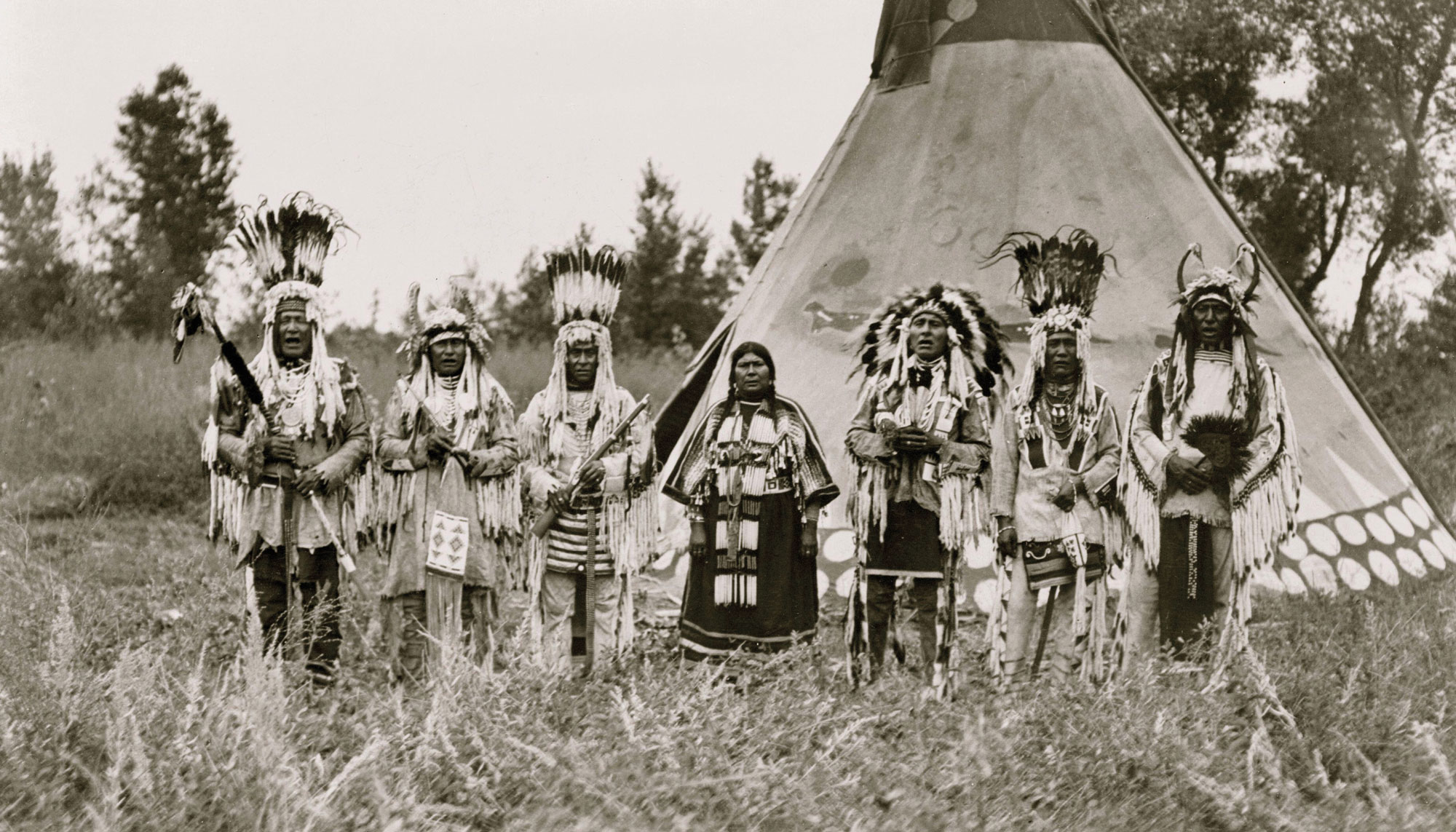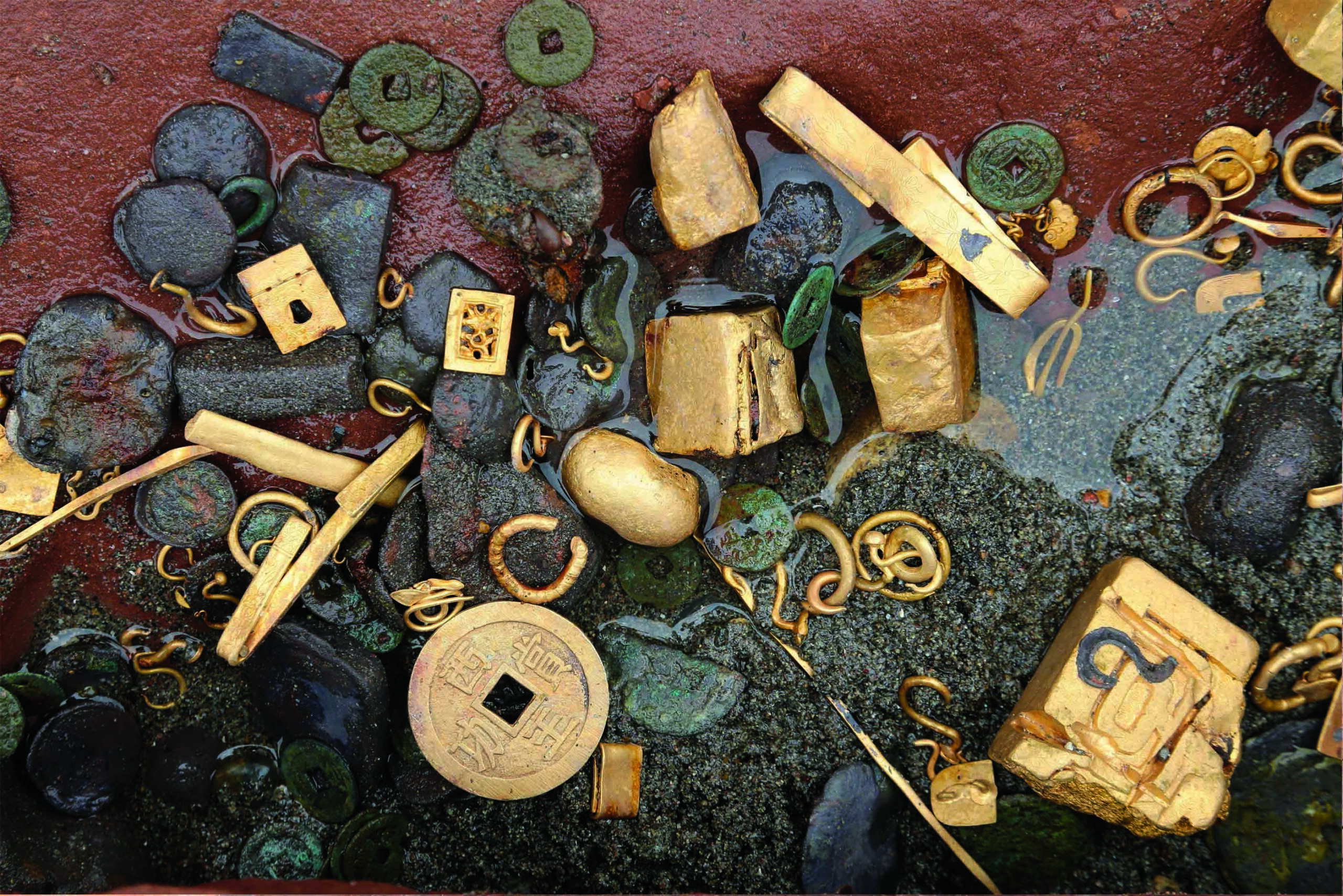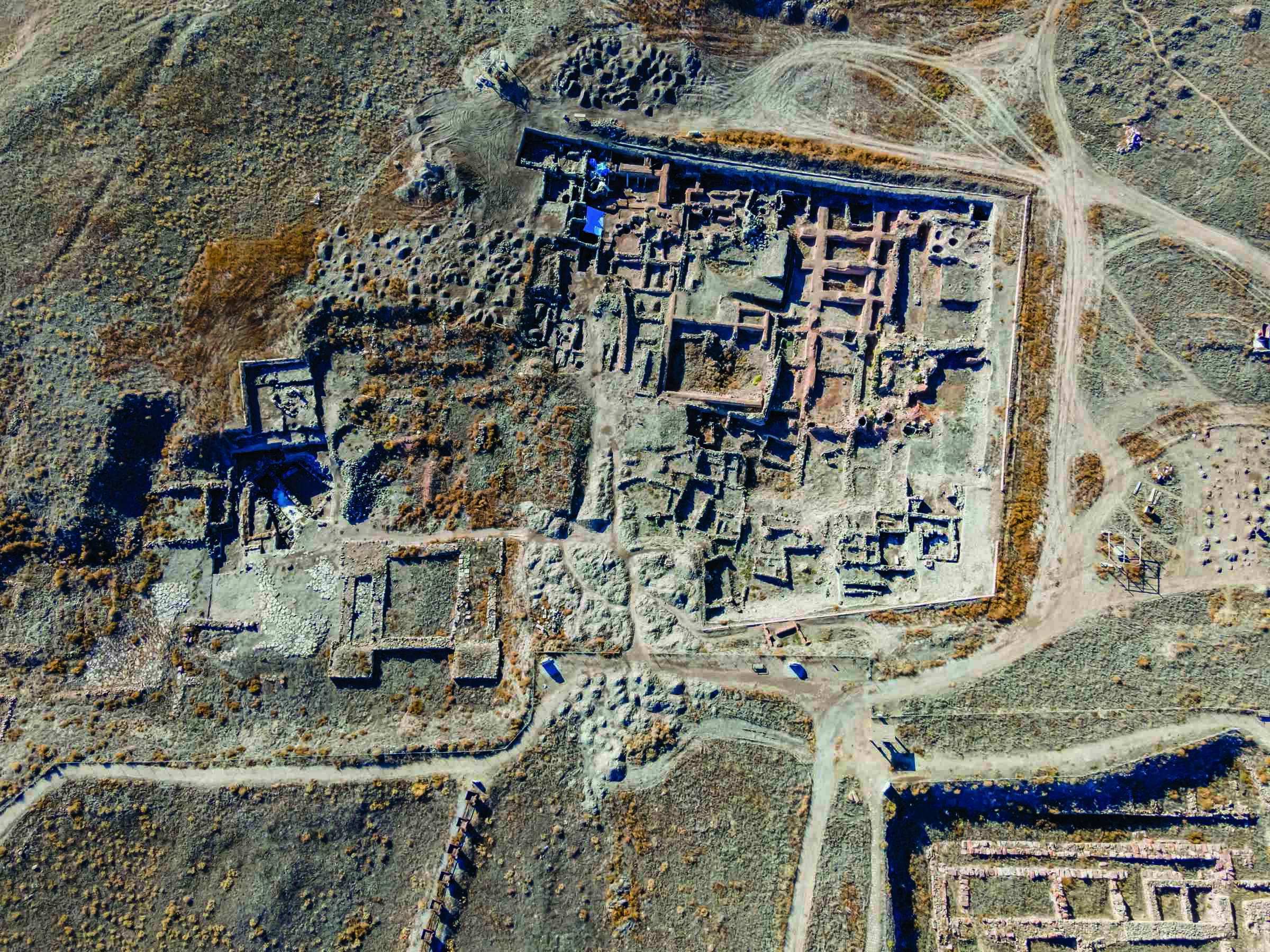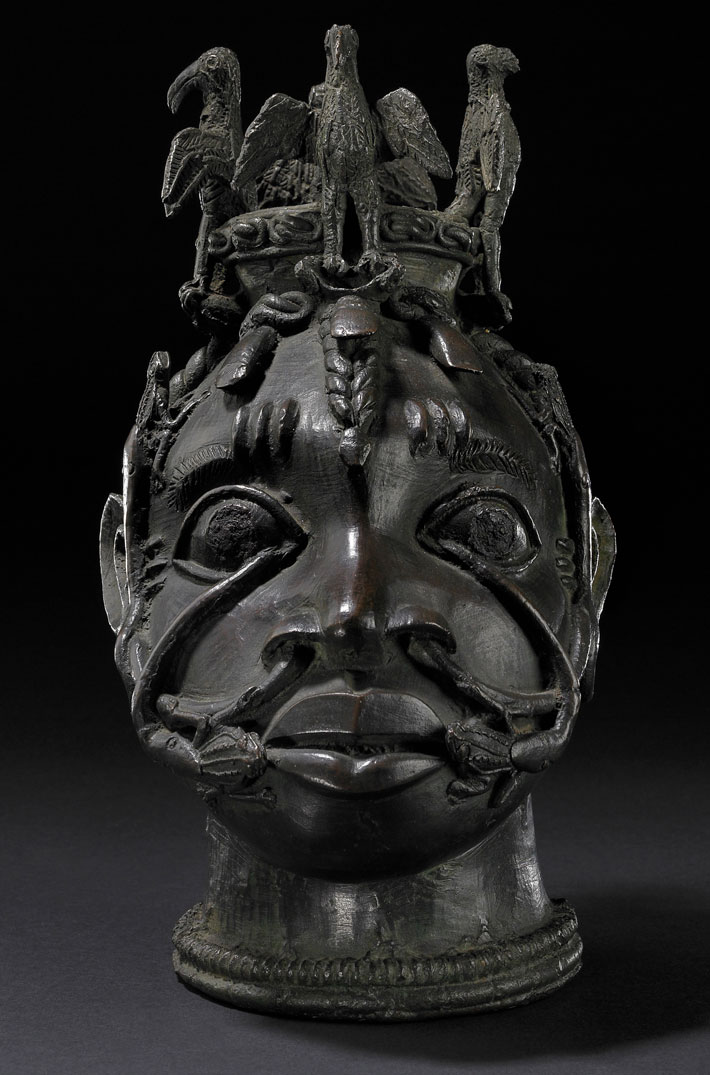
A dozen miles southeast of Little Rock, two large mounds rise from the flat Arkansas River floodplain. These structures—one almost 50 feet high and the other standing 39 feet—once marked the main religious and political center of an Indigenous group archaeologists call the Plum Bayou culture. From about A.D. 650 to 1050, these people came to the mounds from surrounding villages and hamlets to celebrate rituals at important times of the year.

The site has been known as Toltec Mounds ever since its nineteenth-century landowners assumed it was constructed by the Toltec people of central Mexico. The state of Arkansas, which now maintains a park at the site, recently renamed it Plum Bayou Mounds Archeological State Park after consultation with the Quapaw and Osage Nations, who are active stewards of the site. Arkansas Archeological Survey archaeologist Paige Ford says the site once had as many as 18 mounds arranged around two large plazas. Copious amounts of deer bones found in two of the mounds suggest the Plum Bayou people held large feasts at the site. “There was an intensification of ritual activity during the Plum Bayou period,” says Ford. “People were living in large villages with only the beginnings of centralized leadership and did not practice full-scale agriculture.” Instead, the Plum Bayou people were relatively egalitarian and tended gardens of edible plants such as squash and sunflowers and grasses that they used for weaving.
Around A.D. 1000, the neighboring Mississippians, who had a strict social hierarchy and relied heavily on corn agriculture, began to spread throughout the Southeast. Ford says the Plum Bayou people coexisted with the Mississippians for about 50 years, but by 1100, they had ceased building mounds and practicing their rituals. People continued to live in the area, but they likely considered the mounds ancient landmarks rather than living monuments.
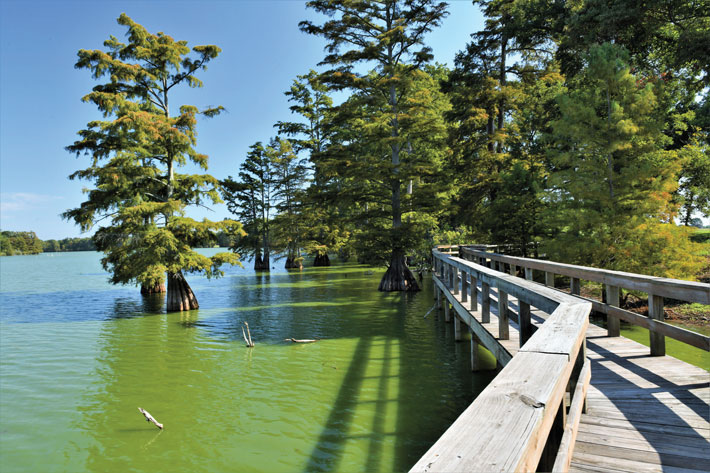
THE SITE
Two trails take visitors on self-guided tours past the remaining mounds, which today look out on an oxbow lake of the Arkansas River named Mound Lake. “You can read about mounds and see pictures of them,” says Ford, “but until you are next to one, you can’t fathom the intense labor that went into making them.” Visitors are also welcome to enjoy a garden filled with examples of plants whose remains have been unearthed at archaeological sites in Arkansas. Researchers have attempted to resurrect what they call Type X, a still-unknown species of grass whose charred grains have been found at Plum Bayou sites. The grass may be a specialized hybrid developed by the ancient people. On the evenings of solstices and equinoxes, visitors can congregate at the park’s Calendar Mound and see how the Plum Bayou people laid out the site with astronomical alignments in mind.
WHILE YOU’RE THERE
Ford suggests making a stop at the Caddo Center at Henderson State University in Arkadelphia to see a collection of pottery made by Mississippian ancestors of the Caddo Nation. Before you visit the mounds, she recommends going to Charlotte’s Eats and Sweets in nearby Keo. The restaurant is known for its coconut cream pie, said to be the best in the state. Ford cautions hungry pie-seekers to get there early and order a slice immediately—they sell out quickly.





